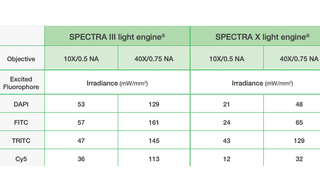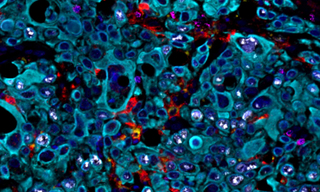Related Resources
Insights
Visualizing DNA Repair via Multicolor Fluorescence Microscopy
Insights
Recommended Operating Conditions for CELESTA, SPECTRA and ZIVA Light Engines
Lumencorps
Highlighting smFISH with SPECTRA | Lumencor FISH Light Sources
Spotlights




